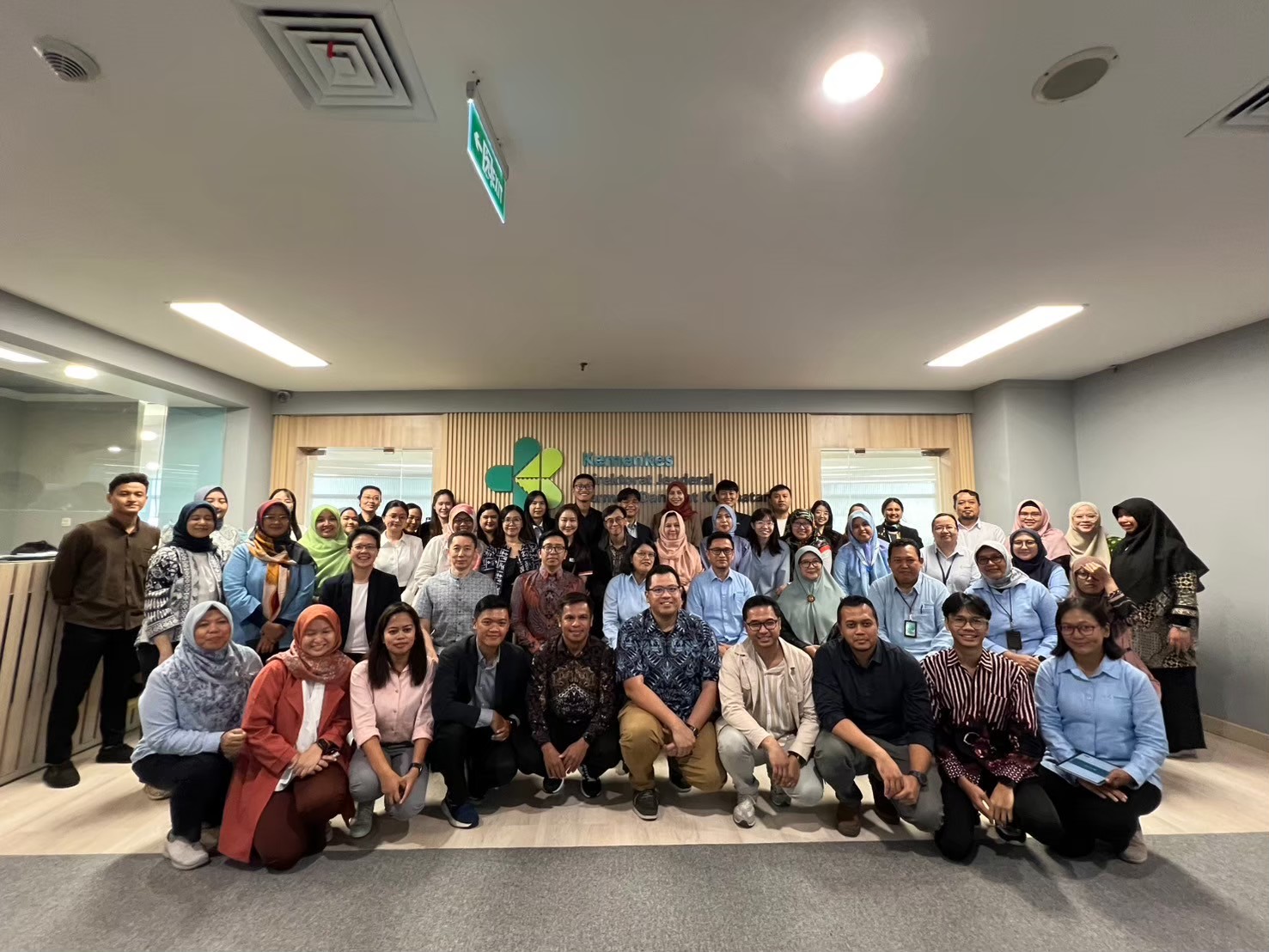Strengthening Health Technology Assessment in Asia: Insights from the 3rd Regional Workshop on Advanced Economic Evaluation Modeling



In the year after an expert panel’s recommendation that women delay regular breast cancer screenings until age 50, the number of women in their 40s undergoing mammograms slightly declined, a new study shows.
The study, carried out by the Mayo Clinic, found a drop of roughly 6 percent in the number of mammograms among these younger women, a change that the researchers called modest but still significant. At the same time, while the panel had recommended that older women get a mammogram every other year rather than yearly up to age 74, the number of mammograms among women ages 50 to 64 remained fairly steady, the study found.
The recommendations were made in late 2009 by the United States Preventive Services Task Force, a government-appointed group of outside medical experts. The recommendation that women in their 40s forgo routine mammograms stirred particular controversy, in part because of widespread belief among many breast cancer patients that the screening test saved their lives and because it conflicted with those of other medical groups, like the American Cancer Society, which advise annual mammograms starting at 40.
The federal task force said that unless a woman has unusual risk factors for breast cancer, being screened so early could potentially lead to more harm than good because mammograms tend to spot cancers that grow slowly and might never prove lethal and could lead to unnecessary biopsies and other invasive tests and treatments.
In the new study, which was presented last week in Orlando at the annual research meeting of AcademyHealth, a research and policy group, Mayo Clinic researchers analyzed data from 100 health plans across the country. Looking specifically at the number of mammograms performed from January 2006 to December 2010, they compared the number of procedures that took place before the task force’s guidelines with the number that were performed in the year that followed. Over all, about eight million women ages 40 to 64 were included in the study.
In the year after the guidelines were published, nearly 54,000 fewer mammograms were performed on women ages 40 to 49. That represented a 5.72 percent decrease from the previous period. The authors said that the modest reductions probably reflected some public resistance to the new recommendations, in part because of conflicting guidelines from other groups that urge more frequent routine screenings.
“I don’t think we expected a huge impact from the guidelines,” said Nilay D. Shah, an author of the study and a researcher at the Mayo Clinic Center for the Science of Health Care Delivery.
Nonetheless, Dr. Shah pointed out that he and his colleagues expected to receive new data from 2011 on nationwide screenings soon. An analysis of that data, which should be completed in six to eight weeks, will reveal if the decline continued through 2011 or leveled off.
“We’re hoping to learn more as we see the next full year of data,” he said. “Will this continue, or did we go back to baseline practices?”